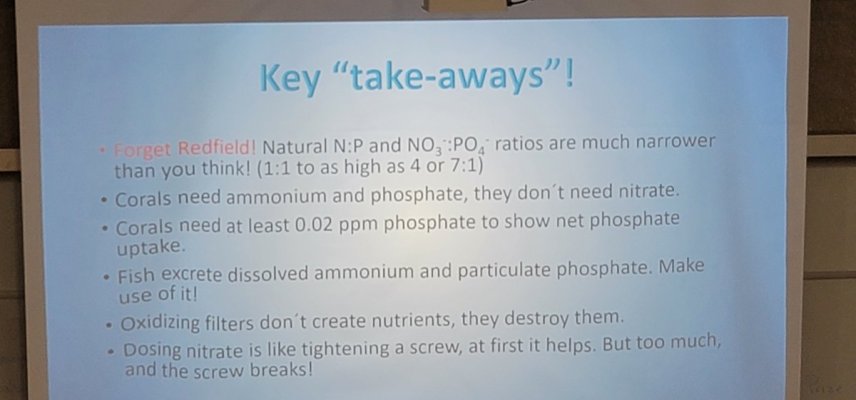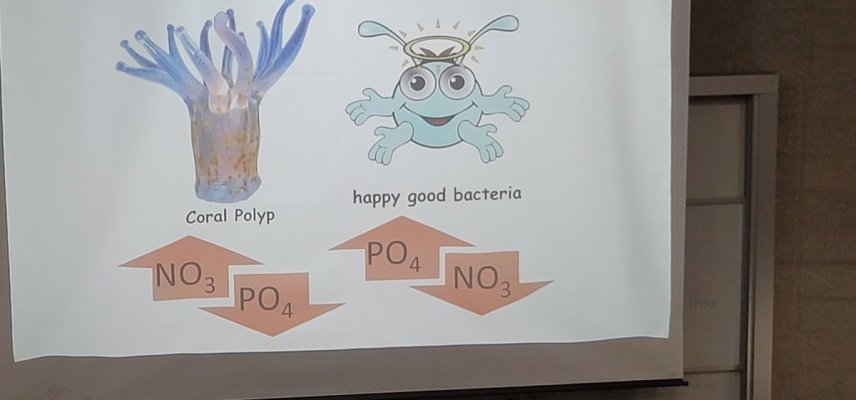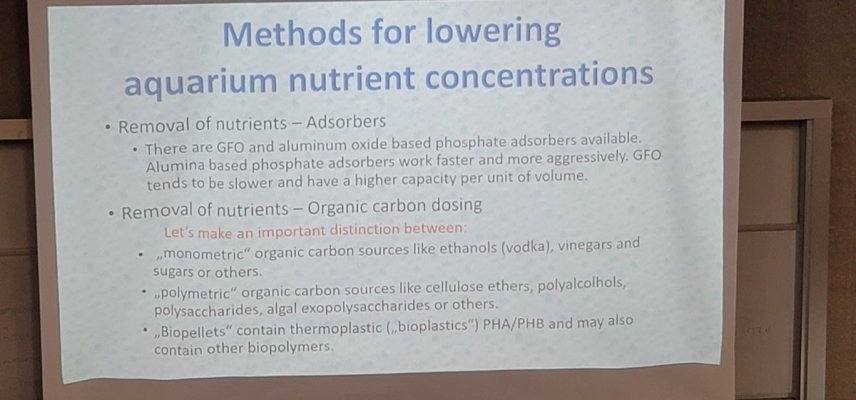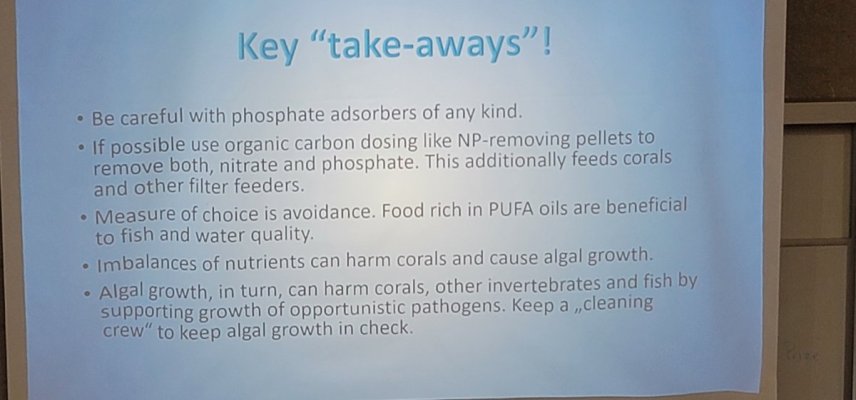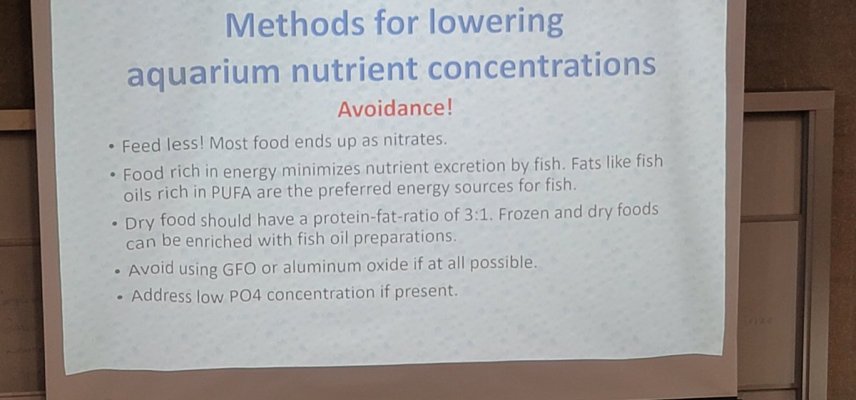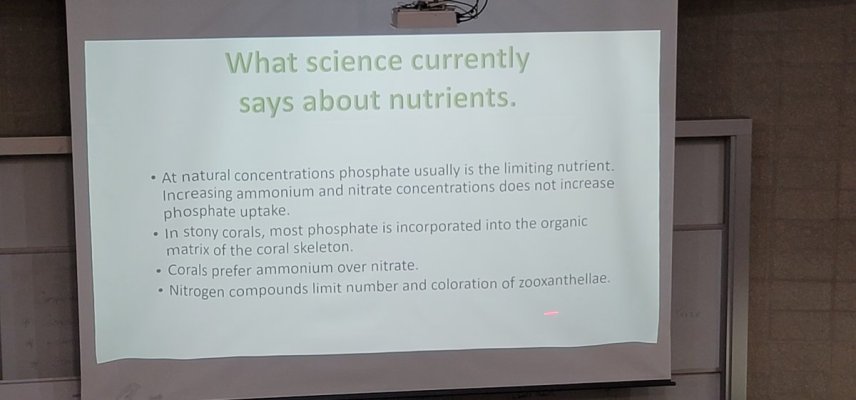Randy Holmes-Farley
Reef Chemist
View Badges
Staff member
Super Moderator
Excellence Award
Expert Contributor
Article Contributor
R2R Research
My Tank Thread
Second, what is the starting microbiome? Frankly I remain unconvinced that we are even certain which bacteria are using the carbon sources we specifically add to carbon dose. Does carbon dosing change the microbiome? (Almost certainly) If it does change it, how and in what ways?
I think we are reasonably far from having answers, but rather at the black box stage of the diagram. But good topic for discussion
I dont disagree. I have no idea which species consumed the acetate I added, or if it was even primarily by bacteria at all, since corals, sponges and other organisms can also take up acetate.
That said, I’m also not sure knowing the species matters.
Last edited:









